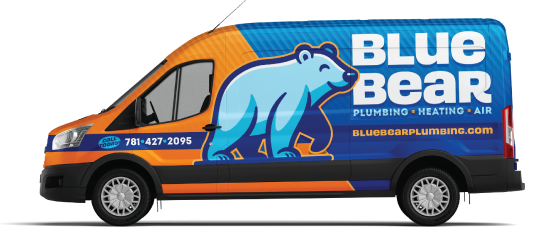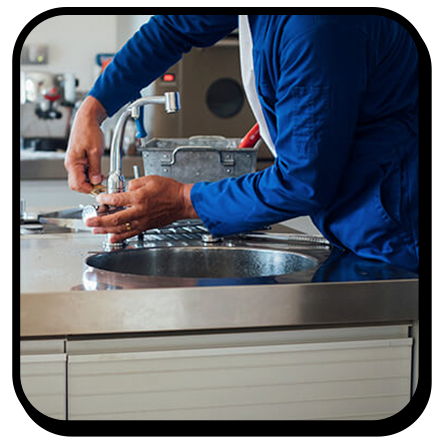Common Plumbing Code Violations in Boston, MA You Should Know
Plumbing codes are regulatory standards that will prevent you from having costly and sometimes hazardous issues with your fixtures and pipes. However, the mere existence of these regulations does not ensure that they’ll be followed. In reality, plumbing code breaches are common, mostly owing to do-it-yourself plumbers who lack knowledge of the standards.
For your benefit, our professionals at Blue Bear Plumbing, Heating & Air have compiled a list of the most frequent plumbing code breaches that you should be aware of.
If any of the below apply to the plumbing in your home, or you aren’t sure whether your plumbing is up to code, reach out online today to speak with a professional. We will ensure your home is up to code and running smoothly!
Drainage Pipe With the Wrong Slope
For drain pipes, the best slope is 0.25-inch per foot. The slope may be as minor as one-sixteenth inches per foot in some countries. Under- and over-sloped pipelines, in any case, are prevalent issues that frequently result in severe clogs. If the drainage pipe’s slope is insufficient, the wastewater will not have sufficient gravitational force to drain effectively. If the slope is excessively steep, the sewage will flow too fast and will most likely leave sediment behind.
Inadequate Spacing Between Bathroom Fixtures
Each fixture in the bathroom should have a particular amount of room around it to be code-compliant. This spacing is required for the fixtures to be used safely and properly. When analyzing the space requirements, remember that measurements start at the drain or the middle of the fixture rather than the fixture’s periphery.
Most plumbing standards require a minimum space of 21 inches between your toilet and sink. Side to side, there should be a minimum space of 15 inches between the middle of the sink or toilet and the wall and 30 inches of spacing between them and other fixtures’ drains.
Inadequately Installed TPRV Piping
The Temperature Pressure Relief Valve is a critical safety element that keeps your water heating system from exploding. Its duty is to ensure that the hot water system tank is not subjected to greater pressure than it’s built to withstand. Without these valves, the pressure in the tank would continue to rise, and the water within would get superheated beyond its usual boiling point, causing the tank to burst.
The TPRV should be linked to a discharge pipe. The purpose of this pipe is to collect the water discharged by the TPRV and channel it to a suitable disposal place. Most plumbing regulations include detailed specifications for the outlet pipe.
According to most codes, the pipe must:
- Be made of approved plastics and metals like copper, CPVC and polyethylene
- Not have the same or greater size as the faucet to which it is attached
- Be as straight as possible
- Not have a trap
- Be placed in a way such that gravity will cause it to drain
- Not connect to a drainage system directly
- Flow down a flooring drain or outdoors
- Discharge to a clearly visible endpoint
- Discharge through an open-air space in the same space as the water heater
- Not have a threaded attachment at the end to avoid capping
- Not contain tee fittings or valves
Missing or Insufficient Air Gaps for Appliances and Fixtures
There must be minimal air space between the water outlet or tap and the flood line of a fixture or sink to prevent wastewater from entering the freshwater lines. With this space, there is no risk of wastewater entering the water outlet or tap if the sink overflows.
Air gaps work a little differently in dishwashers. A dishwasher air space is a little cylinder-shaped piece of hardware put close to the kitchen faucet. They’ve been around for a while, but they weren’t required in most states until recently.
Inadequate or Missing Cleanouts
A cleanout is an area in your pipework that allows you to access your sewage pipe. Cleanouts are vital because they make detecting and repairing pipe and sewer issues more manageable and convenient. They are normally found outside, usually in the yard, and include a screw-top entrance.
Cleanouts are required by code for horizontal pipe lengths of 100 feet or more. They must also be inside 10 feet of the drain’s connection to the sewer. Furthermore, cleanouts are essential when your pipes change direction by greater than 45 degrees.
Unreachable Cleanouts
A cleanout must be put in an easily accessible position in order to be beneficial. This, however, does not always occur. There should be a minimum space of 18 inches in front of each cleanout or 12 inches for 2-inch or smaller pipes. Cleanouts in hidden pipework with less than 24 inches of vertical space must be situated above the floor or outside the building.
Unvented Traps
Traps act as a barricade between your home’s wastewater system and your fixtures. When it comes to the kitchen sink and bathroom traps, there are two types: S-traps and P-traps. An S-trap is made up of two P-traps joined together to give the form of an “S.” The issue with S-traps is that they do not allow for venting.
The admission of air into the plumbing system is made possible through venting. This air will aid in the proper flow of wastewater while enabling smells and pollutants to escape. Usually, vents flow up through the ceiling. You run the risk of sewage backup into your fixtures if you don’t have ventilation.
Wrong-Sized Drain Pipes
By using drainage pipes that are sized incorrectly, you violate local plumbing standards. The pipe used in your plumbing project must be properly aligned with the size of your drain. Before installing pipes in your home, you must determine which size corresponds to the drain. If you are unsure how to establish a match, you should engage an expert plumber to conduct the repair.
Missing or Faulty GFCIs
The term “GFCI” refers to a ground-fault circuit interrupter. All outlets in garages, bathrooms, kitchens and outside circuits must now have GFCI protection. When a GFCI senses a change in current or becomes wet, it shuts power to the circuit. This prevents electrocution and can preserve appliances from getting fried by a power surge. GFCI outlets contain a reset button that you may use to reactivate them once the power has been turned off. It’s hard to determine if an outlet contains a GFCI without removing the outlet cover; therefore, use a GFCI tester to check your outlets.
For Reliable Plumbing Services, Contact the Experts
Many do-it-yourself enthusiasts do their own plumbing for kitchen and bathroom remodeling projects. These do-it-yourselfers can be skillful and informed in some instances. They could even be plumbing contractors. However, in the majority of situations, the work they perform is not up to code standards and must be remedied. If you want your plumbing improvements to be done correctly, you should hire a professional.
We have years of plumbing experience and hundreds of delighted Boston clients. Our team has dealt with a vast array of issues created by do-it-yourself projects. Whatever the problem is with your piping, we can fix it. Our plumbers have extensive expertise in water heating systems, pipe repair, drain cleaning, gas fittings, camera inspections and commercial plumbing.
We also provide a variety of HVAC services, such as air conditioning, furnace and boiler repair, installation and maintenance. If you require plumbing done correctly, contact us online today.
Contact Us Today
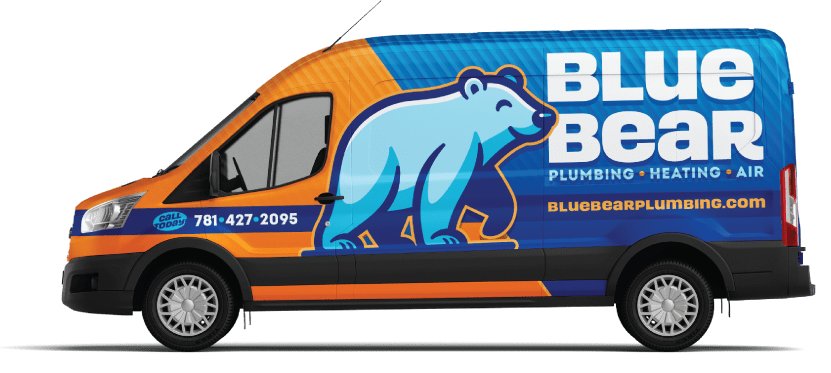
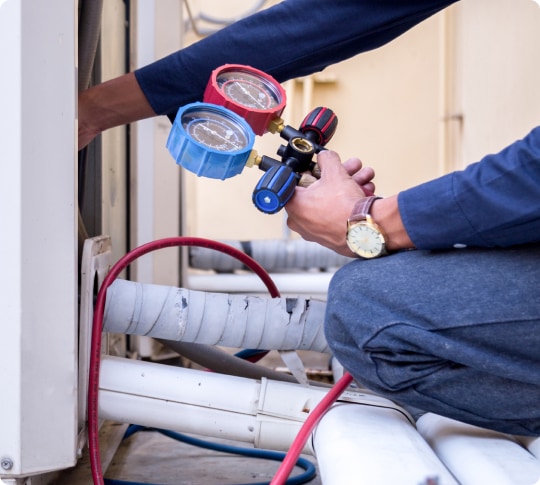
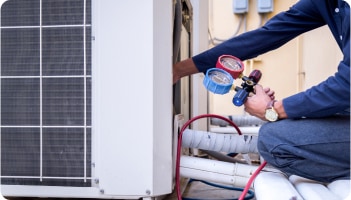
Routine maintenance is vital for the longevity of your plumbing, heating, and air conditioning systems. Sign up for our Blue Care Maintenance Plan for annual service and exclusive membership benefits, including:
- Priority scheduling
- Waived service fee during normal business hours
- 10% discount on service calls
- 3% discount on new installations
- Two-year parts and labor warranty on new equipment

